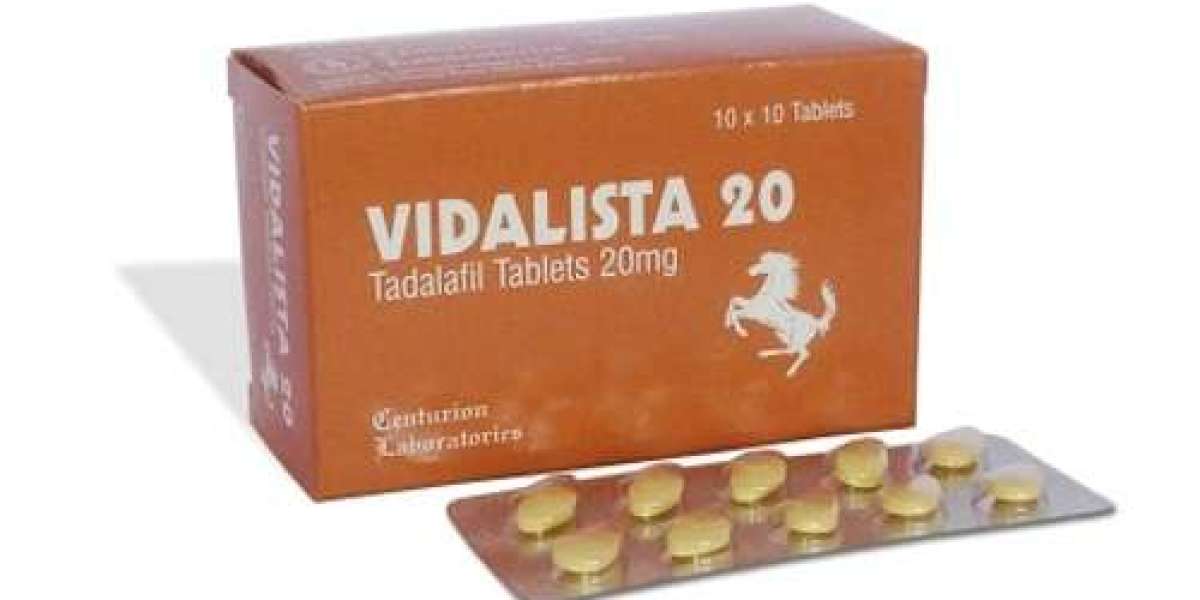Hernia Repair: Procedures, Innovations, and Patient Outcomes
Introduction
A hernia occurs when an internal organ or tissue protrudes through a weak spot in the muscle or surrounding connective tissue. While often non-life-threatening initially, hernias can cause discomfort, complications, and may worsen over time, making hernia repair surgery a crucial intervention. With advancements in surgical techniques and materials, hernia repair today is safer, faster, and more effective than ever before.
What Is Hernia Repair?
Hernia repair is a surgical procedure performed to return displaced organs or tissues to their proper position and reinforce the weakened area. It is one of the most common surgical operations worldwide, especially among older adults, athletes, and people with physically demanding jobs.
Common Types of Hernias
Inguinal Hernia – Occurs in the groin area; most common type, especially in men.
Umbilical Hernia – Appears near the belly button; more common in infants and women.
Hiatal Hernia – Happens when part of the stomach bulges into the chest through the diaphragm.
Incisional Hernia – Develops at the site of a previous surgical incision.
Femoral Hernia – Less common; typically occurs in women and can lead to complications.
Symptoms of a Hernia
A visible lump or bulge in the affected area
Discomfort or pain, especially when lifting, coughing, or bending
Heaviness or pressure in the abdomen
Heartburn or difficulty swallowing (hiatal hernia)
In severe cases, nausea, vomiting, or bowel obstruction
Types of Hernia Repair Procedures
✅ Open Hernia Repair
Traditional method involving a single large incision.
Surgeon pushes the herniated tissue back and reinforces the wall with stitches or mesh.
Generally performed under local or general anesthesia.
✅ Laparoscopic Hernia Repair
Minimally invasive procedure using small incisions and a camera.
Mesh is placed through trocars to strengthen the abdominal wall.
Offers quicker recovery, less post-op pain, and minimal scarring.
✅ Robotic-Assisted Hernia Repair
Advanced form of laparoscopic surgery using robotic arms for precision.
Especially useful for complex or recurrent hernias.
Use of Surgical Mesh in Hernia Repair
Mesh implants are commonly used to reduce recurrence rates by providing additional support to the weakened area. Mesh can be:
Synthetic (non-absorbable) – Long-lasting support
Biologic (absorbable) – Gradually absorbed by the body over time
While mesh repair has improved surgical outcomes, some patients may face complications such as mesh rejection, infection, or adhesion, though these risks are rare with modern materials.
Recovery and Post-Operative Care
Most patients return to normal activities within 1 to 2 weeks (laparoscopic) or 2 to 4 weeks (open surgery).
Pain management, wound care, and limited physical activity are crucial during recovery.
Follow-up visits ensure proper healing and identify any signs of complications.
Potential Risks and Complications
Though hernia surgery is generally safe, potential risks include:
Infection or bleeding
Recurrence of the hernia
Nerve damage or chronic pain
Bowel obstruction (in rare cases)
Proper surgical technique and adherence to post-op guidelines significantly reduce these risks.
Market Insights and Innovations
The hernia repair market is growing steadily, driven by:
Rising cases of obesity, aging populations, and surgical site complications
Adoption of advanced mesh materials (e.g., lightweight, 3D, and biologic meshes)
Increasing use of minimally invasive and robotic surgeries
Growing demand for outpatient procedures and same-day surgeries
Leading manufacturers include Medtronic, Johnson & Johnson, BD, B. Braun, and W. L. Gore & Associates, among others.
Conclusion
Hernia repair has evolved from a basic surgical procedure to a highly specialized field offering patients faster recovery, fewer complications, and lower recurrence rates. With the availability of advanced surgical options and materials, patients today have access to safer and more effective hernia treatment than ever before. Early diagnosis and timely repair can significantly improve quality of life and prevent serious complications.



